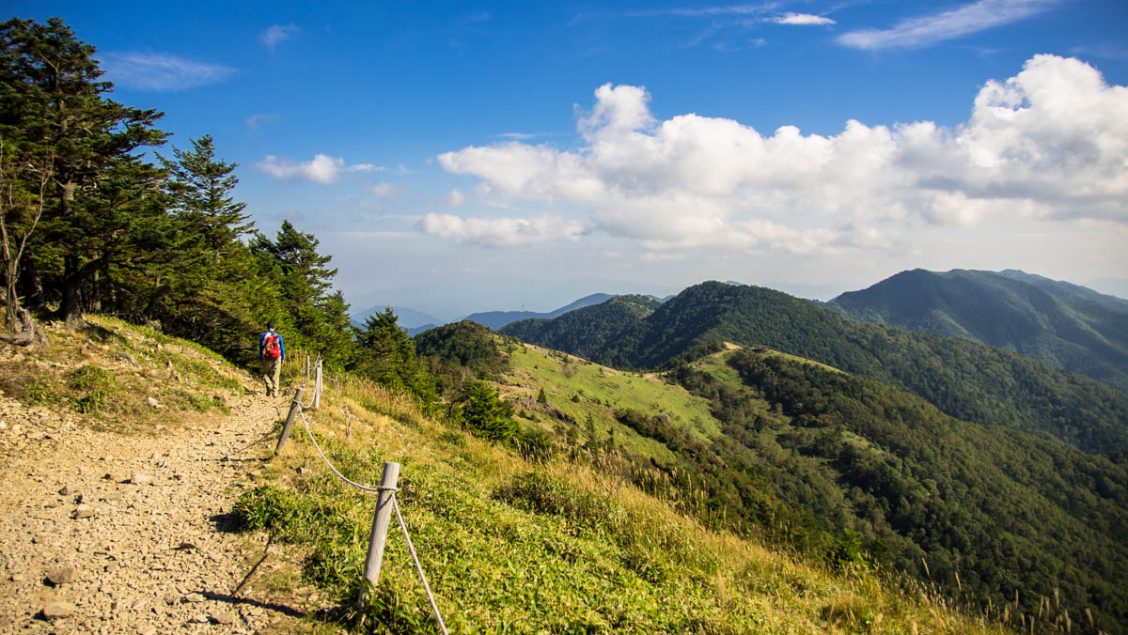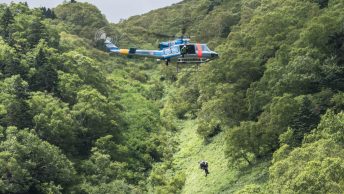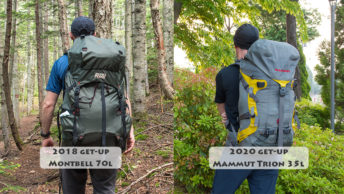Essential Survival Gear for Wilderness Travels
Whether venturing out for a day hike or planning extended travels into the wilderness, there are certain survival items that you are recommended to carry. The original ten essentials traces its roots back to the 1930s with The Mountaineers, a Seattle based outdoor organization and first appeared in print in Mountaineering: The Freedom of the Hills (1974). In later editions the list was revised to keep pace with modern outdoor equipment. Along with the ten essentials there are four supplemental items including a water purification device and ice axe for negotiating snow and ice fields.
1. Navigation
A current detailed topographic map which shows the local magnetic declination stored in a protective case as well as a magnetic compass and handheld GPS receiver.
2. Sun Protection
Keeping the sun at bay is a must; pack sunglasses, sunscreen (SPF 30), lip balm, sun-shielding hat and a long sleeved shirt and pants for sun protection.
3. Insulation
Fleece or woven wool hat and gloves with lightweight wool or synthetic liners that offer good dexterity. A light to mid-weight fleece, down and breathable shell jacket layered according to the season and expected weather conditions.
4. Illumination
Carry either a lightweight LED headlamp or flashlight with spare batteries for trail finding after dusk.
5. First-Aid Supplies
Assemble a wilderness specific first-aid kit including blister protection, gauze pads, bandages, adhesive tape, hand sanitizer, nitrile gloves, pain medication, paper and pencil, packed in a waterproof pouch.
6. Fire
Bring along multiple cigarette lighters, a fire starter and weather proof matches in a sealed container.
7. Repair Kit and Tools
Multi-tools and pocket knives have innumerable uses. Also consider carrying parachute cord, duct tape strips, shoelaces, a needle, dental floss and safety pins for repairs on the fly.
8. Nutrition
Take sufficient food rations with a high calorific density for the intended intensity and duration. Keep lightweight non perishable emergency food for one additional day.
9. Hydration
At a minimum carry two liters of water and carefully research the location and availability of water sources on the intended hike before venturing out.
10. Emergency Shelter
A 1-2 person emergency blanket or bivy bag can slow the onset of hypothermia and help maintain your core body temperature in case you get lost or injured.
Supplemental Items In Addition to the Ten Essentials
Portable Water Purification
Along with a collapsible water bottle, purification tablets or compact water purification device.
Ice Axe
For safely navigating snow and ice terrain as well as aiding in stream crossings and digging sanitation holes.
Insect Repellent
Apply an insect lotion or spray containing at least 20 percent DEET to repel biting pests such as mosquitos and ticks.
Signaling Devices
To attract attention carry a whistle, base plate compass with a mirror installed on a hinged lid and a smartphone.






